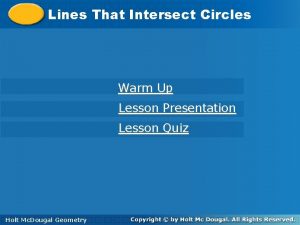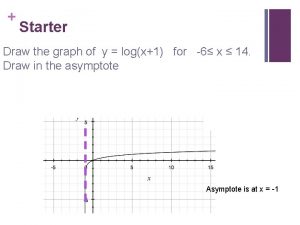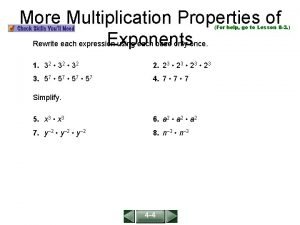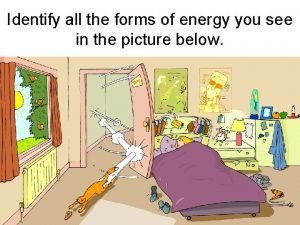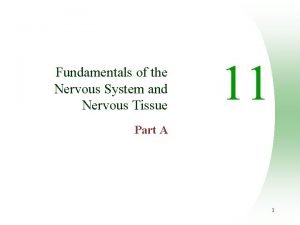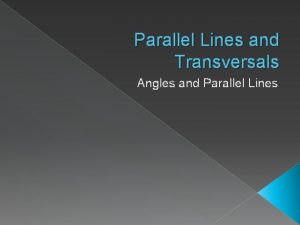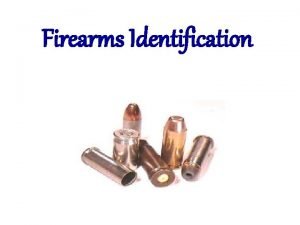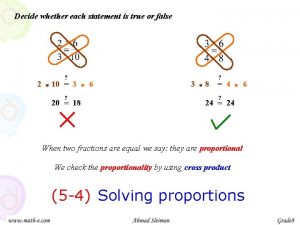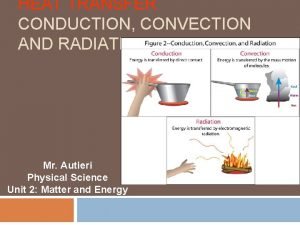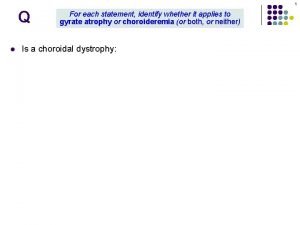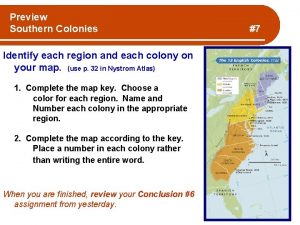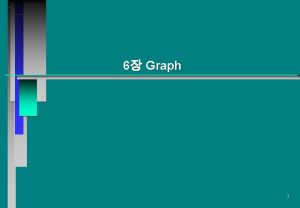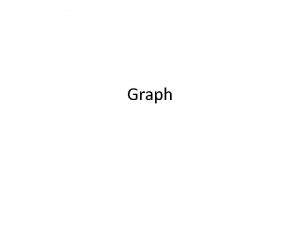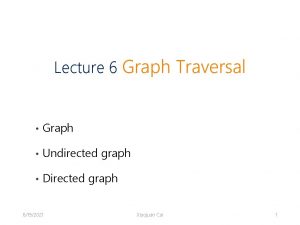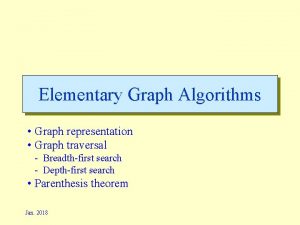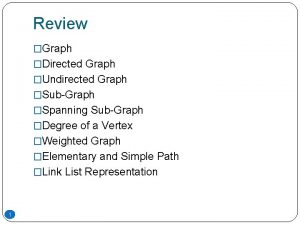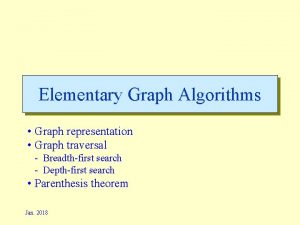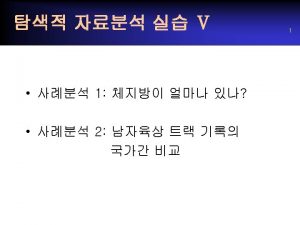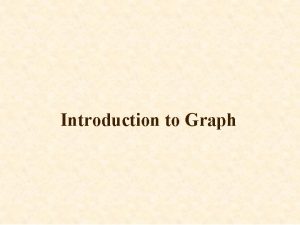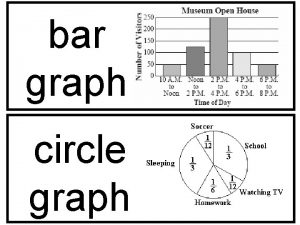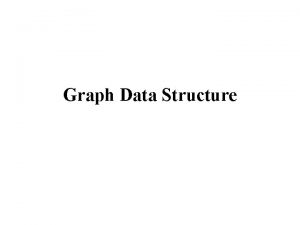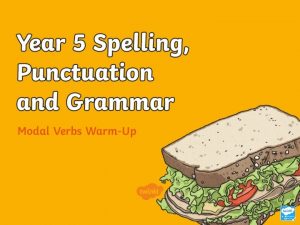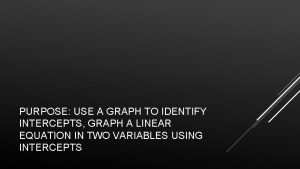Starter 1 identify each graph Identify the graph




















- Slides: 20


Starter 1 identify each graph Identify the graph, each y -8 8 is a quadratic with single x 2 y 25 x 10 x 5 -64 Each is a quadratic with single x 2 y y 18 -7 x -5 2 9 x

Starter 2 identify each graph Identify the graph, each 16 y -4 4 2 is a quadratic with single x y x 0 10 Each is a quadratic with single x 2 y y 31 36 6 x -5 -4 9 x x

C 1: Graphs 1 a • KUS objectives BAT know and use the six types of transformations to graphs Starter:

Introduction Y = f(x) is any function or equation of a graph. This example is an cubic function/equation. y = f(x) There are six basic types of transformation of a graph i. e. six ways we can move the graph or change its shape

Transf 1 y = f(x) + a y = f(x) +a Point (x, y) becomes point (x, y+a) y = f(x) + a This is a ‘shift’ in the y-direction

Transf 2 y = f(x) y = f(x+a) -a Point (x, y) becomes point (x-a, y) y = f(x+a) This is a ‘shift’ in the x-direction, opposite to the sign of number a

WB 1 Include any intersections and The minimum point

Include the image of points A and B A (-2, 8) B (4, 0)

Transf 3 y = Af(x) y = f(x) Notice what happens at the zeros y = Af(x) This is a ‘stretch’ in the y-direction, Scale factor A. Every answer (y-coordinate) gets multiplied by A

Transf 4 Notice what happens at the y-intercept y = f(Ax) This is a ‘stretch’ in the x-direction, Scale factor 1/A Every x coordinate gets multiplied by 1/A, y values stay the same

Include the image of points A and B A (-3, 9) B (6, 0)

Include the image of points A, B and C A (-5, 7) B (0, 3) C (4, -2)

Transf 5 y = f(x) y = -f(x) This is a ‘reflection’ in the axis, mirror line y = 0 Every y coordinate gets multiplied by -1

Transf 6 Notice what happens at the y-intercept y = f(-x) This is a ‘reflection’ in the y-axis, Every x value gets multiplied by -1, So y values are swapped around

Include the image of points A, B and C B (3, 5) C (9, 0) A (-4, -2)

WB 6 Describe these transformations


KUS objectives BAT know and use the six types of transformations to graphs self-assess One thing learned is – One thing to improve is –

END
 Identify each line or segment that intersects each circle
Identify each line or segment that intersects each circle Graph starter
Graph starter 7-3 practice more multiplication properties of exponents
7-3 practice more multiplication properties of exponents Identify the type of the underlined verb in the following
Identify the type of the underlined verb in the following Parts of a seed plant
Parts of a seed plant Car energy conversion
Car energy conversion Neuronal pool
Neuronal pool Identify each type of neuronal pool
Identify each type of neuronal pool Identify each statement as either true or false
Identify each statement as either true or false Claim of value example paragraph
Claim of value example paragraph Example of exemplification pattern
Example of exemplification pattern All planes that are parallel to plane deh
All planes that are parallel to plane deh Sphere interactions
Sphere interactions Lesson 1-2 understand rational numbers
Lesson 1-2 understand rational numbers Alliteration in oranges by gary soto
Alliteration in oranges by gary soto Compound sentence showing cause and effect
Compound sentence showing cause and effect Bullet
Bullet For each statement decide whether it is a function of the
For each statement decide whether it is a function of the A parallelogram is a trapezoid always sometimes never
A parallelogram is a trapezoid always sometimes never Sample of conduction
Sample of conduction Identify whether each statement
Identify whether each statement
